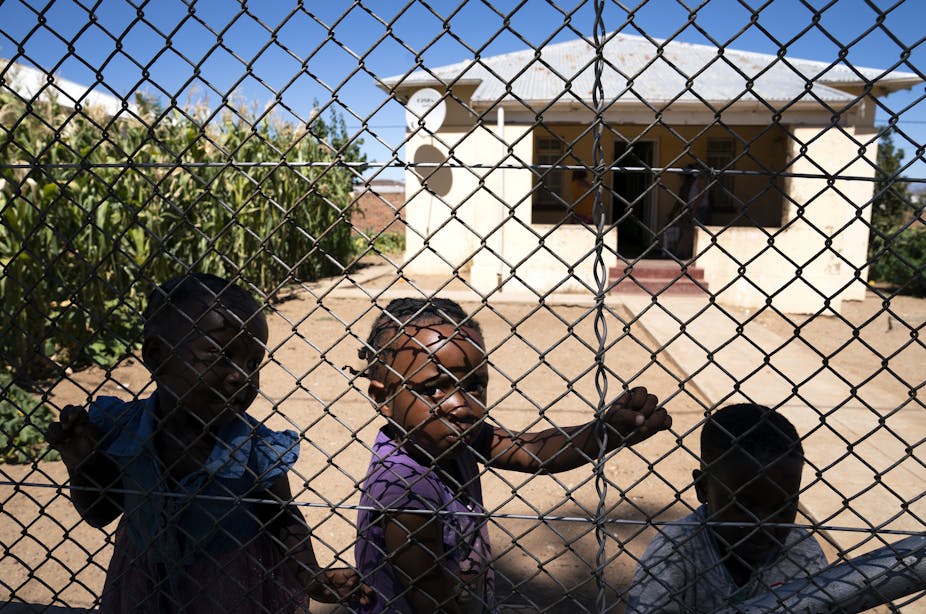
 | From the Editor's Desk
Global inequality may be falling, but the gap between haves and have-nots is growing In one of the most unequal countries in the world, South Africa, the poorest 40% have annual incomes of less than US$1,000 (727) per person. The comparable incomes for the richest 10% are more than US$39,000 per person - nearly 40 times higher than those of the bottom 40%.
Those numbers, which are based on data from 2017, are actually something of an improvement on 2008, when the multiple was 50 times. But the gap in income between these groups grew by more than US$10,000 per person over this time. And more than two decades after the end of apartheid, the richest 10% are still predominantly from the white minority group, while the poorest 40% is the "exclusive" preserve of the black majority.
These extreme inequalities show that economic growth has neither been inclusive nor transformative - despite the country having implemented significant policies benefiting people with lower incomes in an effort to improve the disparity.
We've found similar situations in many countries - even those such as Brazil, China, India and Mexico where inequality is lower and tackling it has emerged as a fundamental development challenge.
Continued here
TradeBriefs: Newsletters for Decision-Makers!
The Top Insight & News in Tech, Finance, Health, Science & everything you need to get ahead at Work and in Life!
Our advertisers help fund the daily operations of TradeBriefs. We request you to accept our promotional emails.
Want the newsletters, without the promotional mailers?
Get an (ad-free) subscription to TradeBriefs Premium for just $2 per month.
|
WorkWork� | � |  | WorkWork | � |  | WorkWork
� WorkWork | � |  | WorkWork | � |  | |
|
|
|
|
|
|
|
|
|
|
No comments:
Post a Comment